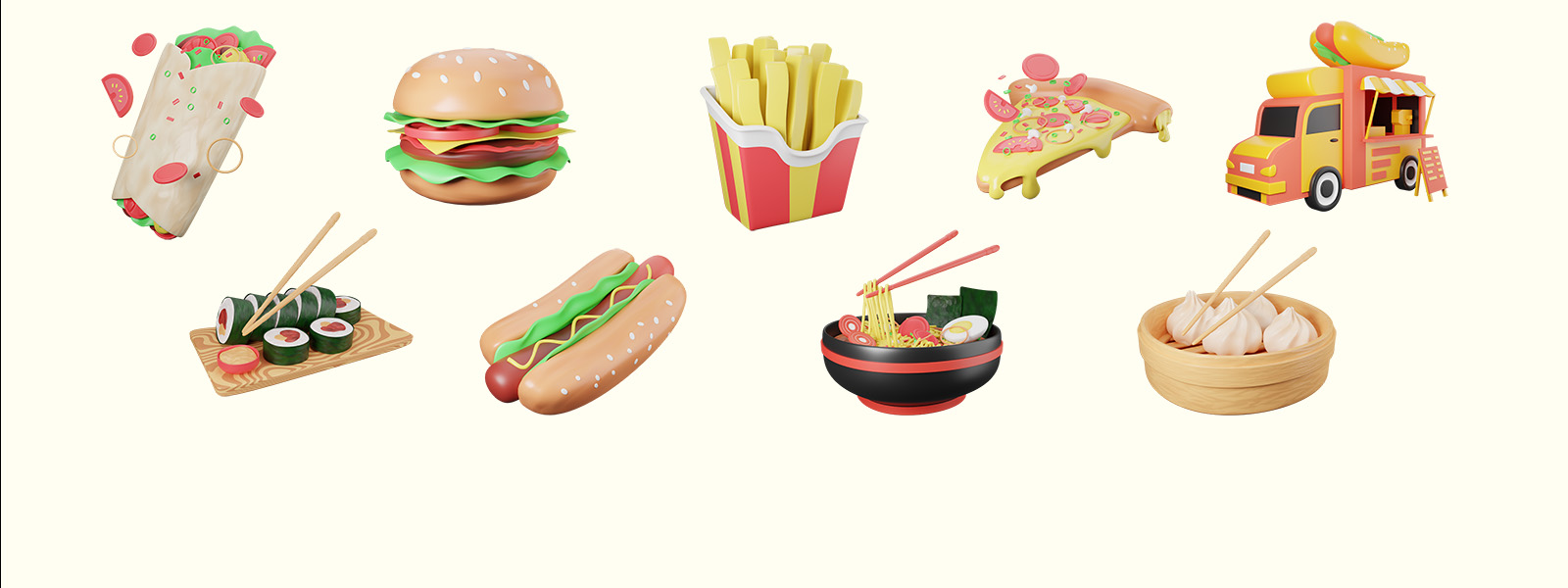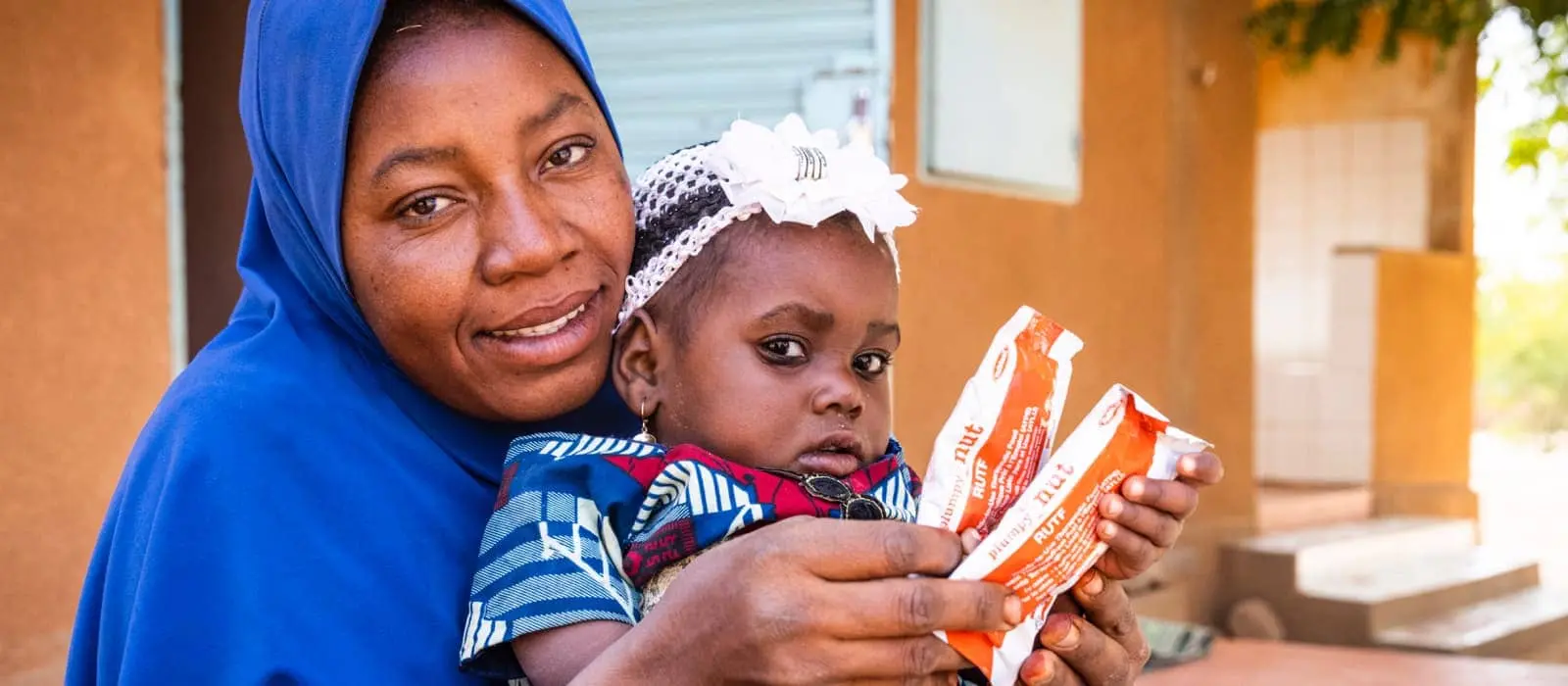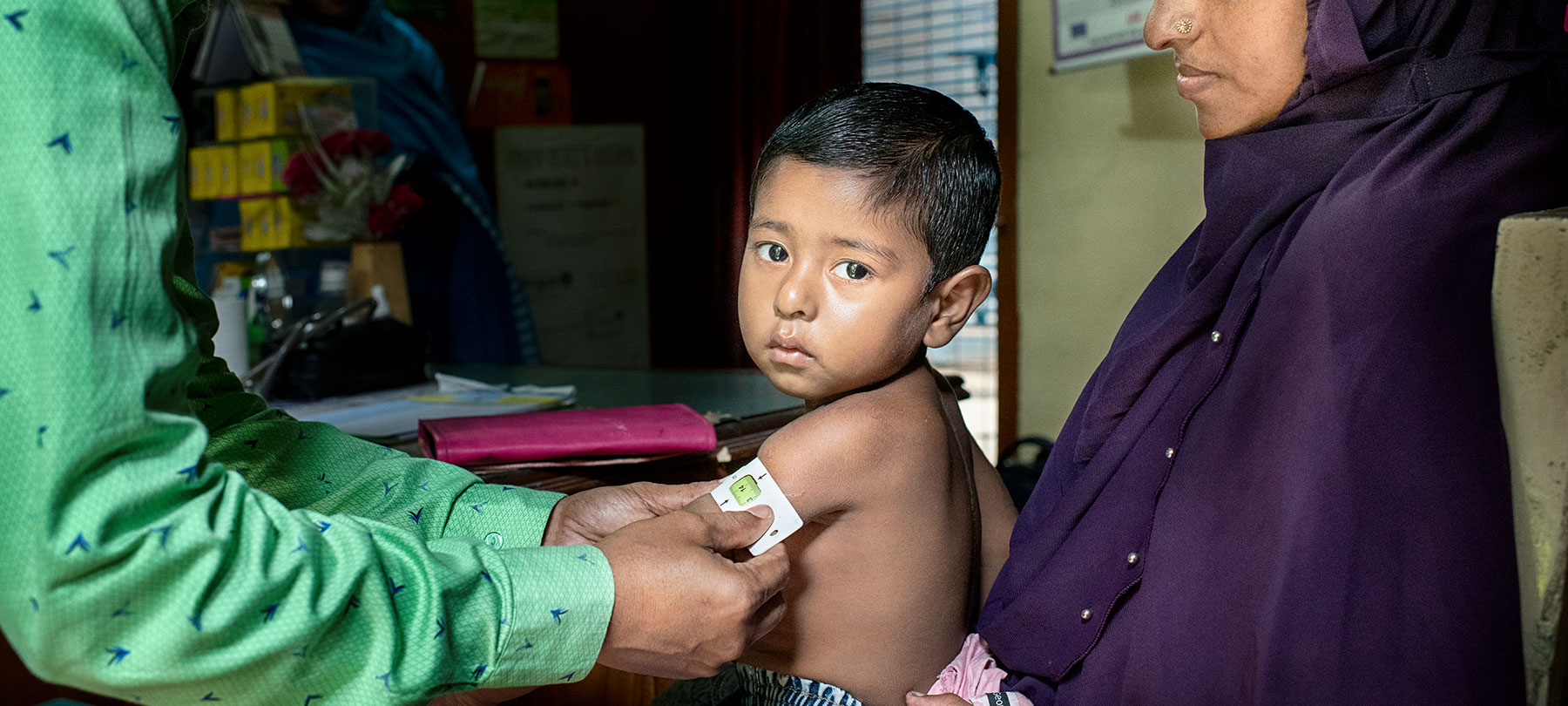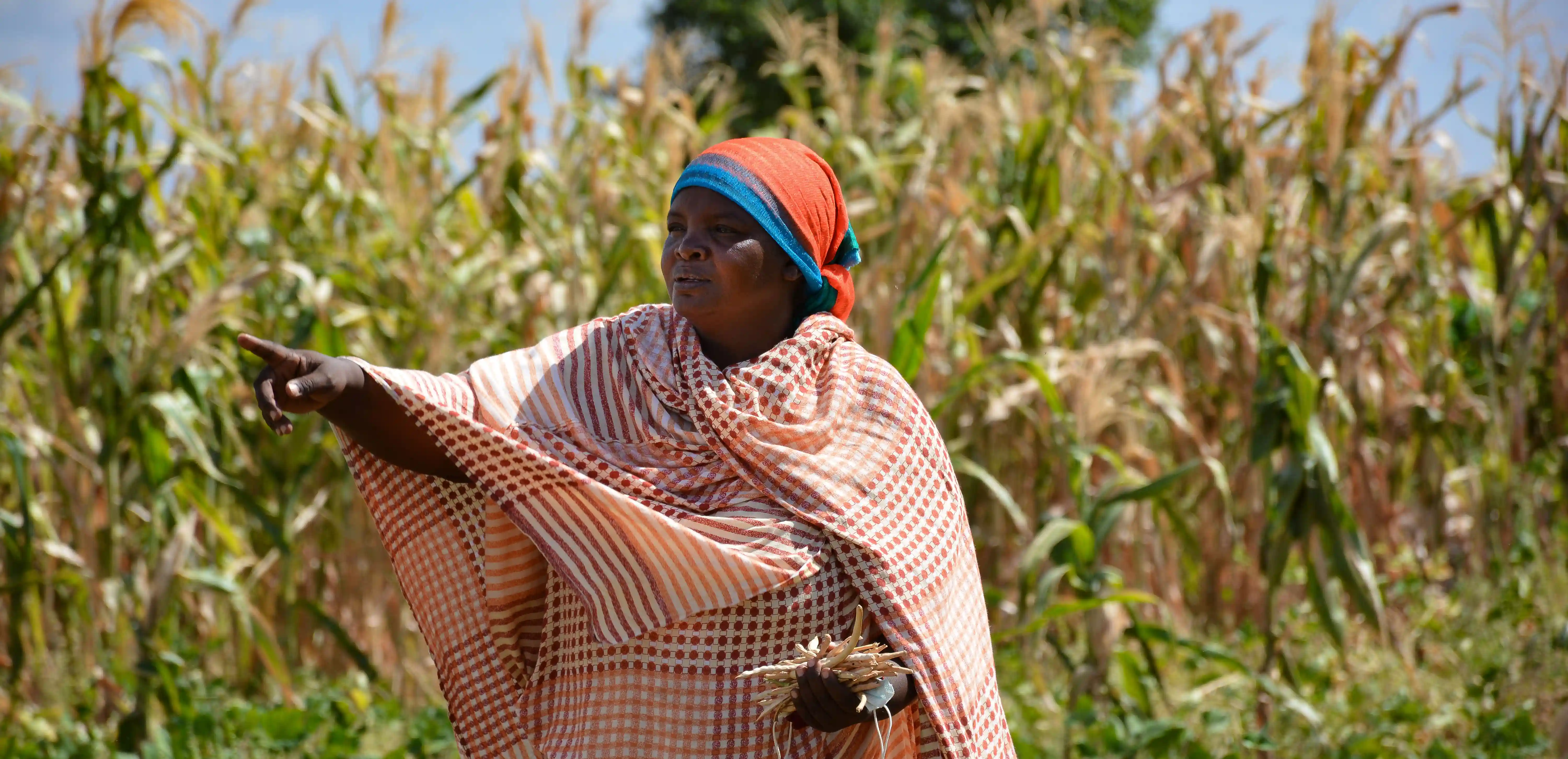What does it mean to starve? What are the effects of starvation on the human body? Are we wrong to say we’re starving when we’re just hungry? We’ve been looking at the science and put together this ten-minute read to help answer some key questions.
I'm starving
The word ‘starving’ is used (and misused) a lot. In everyday parlance it can be a way to describe a state of extreme hungriness, for example “I skipped lunch and I’m starving.” At a more global level, it’s regularly used to portray a serious food insecurity problem — “Thousands of people are at risk of starving to death.”
Technically, both these scenarios are valid, but obviously they lie at very different ends of the starvation scale. And there is a scale, or at least a set of phases.
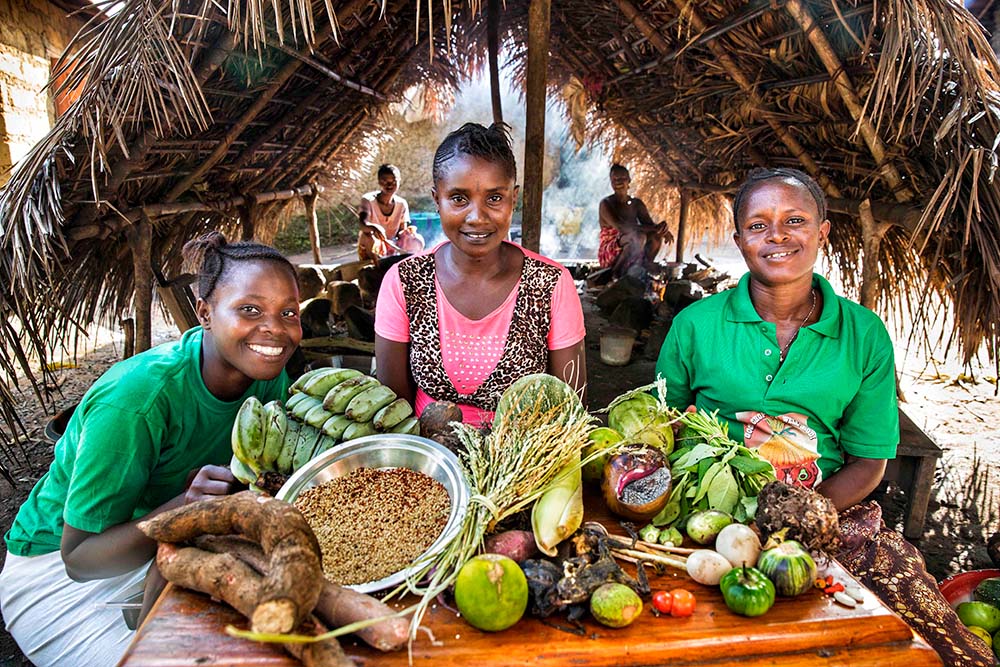
The 3 phases of starvation
In science, starvation involves a severe deficiency in the intake of caloric energy. Kate Golden, Concern's Senior Nutrition Advisor, explains it thus: “Essentially, when not enough energy enters the body — in the form of nutritious food — it creates an imbalance with the amount of energy needed to keep that body functioning properly. This predominantly leads to loss of body weight, accompanied by malnutrition.”
Starvation is a process with which the human body is amazing in its ability to cope… up to a point. That process involves three distinct phases**:**
- Phase 1: “I’m starving” Technically, when you skip one or two meals your body enters the first phase of starvation. Your liver steps in to produce glycogen, which maintains blood sugar levels, and your system begins to break down fat and protein to maintain energy levels. Generally, it’s not a big deal, and the most noticeable effect is that feeling of hungriness and possibly a grumbling tummy.
- Phase 2: Running on reserves After about a week of not eating enough, your body realizes that something serious is going on and changes its approach. Your liver starts to metabolize fatty acids into ketones (a type of non-glucose energy source) and dials back on the consumption of proteins. You can continue to function for weeks in this state, although with severely reduced energy levels and a variety of potential complications. It’s important to note that this is only possible if the body gets enough of that other essential fuel source — water. Without fluids, it's unlikely you will survive for more than a few days.
- Phase 3: Breaking down Once your body runs out of fat to convert into energy, it turns back to proteins as a last resort. Your largest internal protein source is muscle and at this point your body is essentially starting to consume itself. Cell functions degenerate, organs start to fail, and your immune system is severely compromised. “You will be listless, your skin may start to flake, and your abdomen and lower limbs might swell. Additionally, there will be evidence of poor concentration and immense physiological changes, including gastrointestinal discomfort,” according to Faith Atyang. Often, people at this stage are unable to eat anything substantial and their only hope of survival is a low-bulk food rich in proteins, vitamins, and minerals.
Do people actually die of starvation?
The answer to this is yes, but mostly no. Because of the deficiency in essential vitamins and minerals brought on by starvation, a person in phase 3 has almost no capacity to fight infectious disease. So, severely acutely malnourished people mostly die of complications, such as respiratory infections, diarrheal diseases, malaria, or even measles.
Should you evade or survive medical complications, your life will most likely end with cardiac arrhythmia, heart failure caused by extreme tissue degradation.
What’s malnutrition then?
Although we’re talking about starvation, what’s really involved is acute malnutrition or wasting. You have probably seen pictures of the multi-colored paper band used to measure a person’s mid-upper-arm circumference, known as MUAC.
Faith Atyang, our Health and Nutrition Manager in Marsabit County, Kenya says “We cross-reference weight and height with a WHO reference chart, and that helps us to assess whether the patient is moderately or severely acutely malnourished (MAM or SAM respectively) or at risk of malnutrition. From there we can prescribe the appropriate integrated health and nutrition treatment and rehabilitation.”
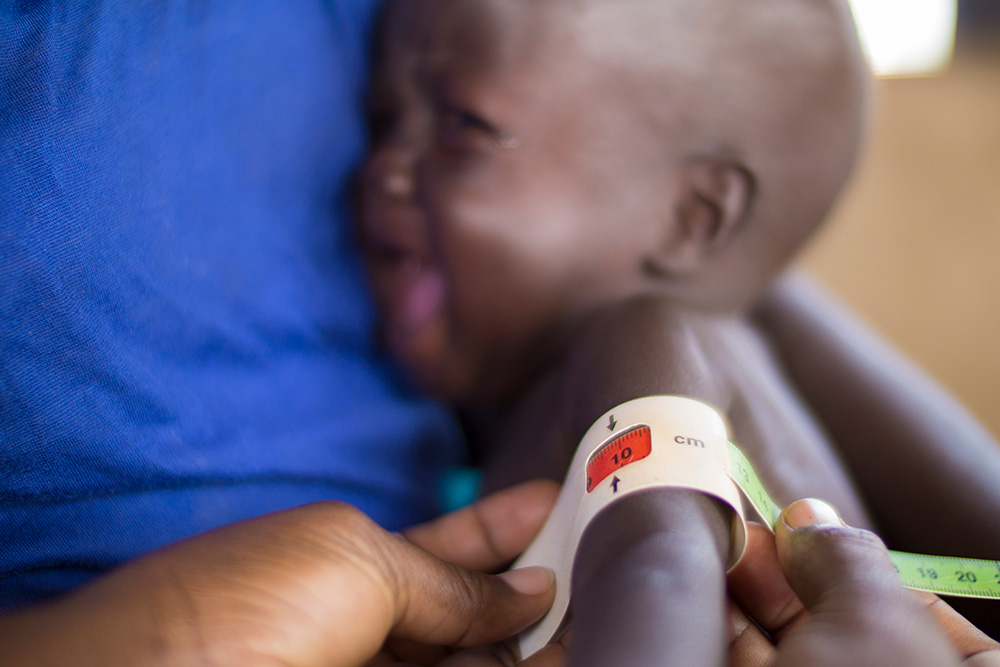
By extrapolating from a set of multiple results, nutrition teams can determine the global acute malnutrition rate (GAM) and thus evaluate the level of emergency a community or region is facing and decide the type of wider intervention that’s needed. This information is part of the data used to decide food security classifications, including famine.
What happens if you get barely enough food or not very nutritious food?
Hundreds of millions of people around the world will experience some level of starvation during their lives, although rarely if ever will they get to the stage where their life is imminently at risk. But that doesn’t mean they’re okay. Chronic malnutrition or undernutrition involves a person not getting a sufficient and appropriate intake of nutrients over an extended period of time. That condition is known as stunting.
Faith Atyang explains “If this happens at an early age, especially the 1,000 days covering pregnancy to their second birthday, it can have a profound impact on a child’s physical and mental development. Cheap, high-impact nutrition interventions like exclusive breastfeeding, timely complementary feeding, and micronutrient supplements can help prevent stunting.”
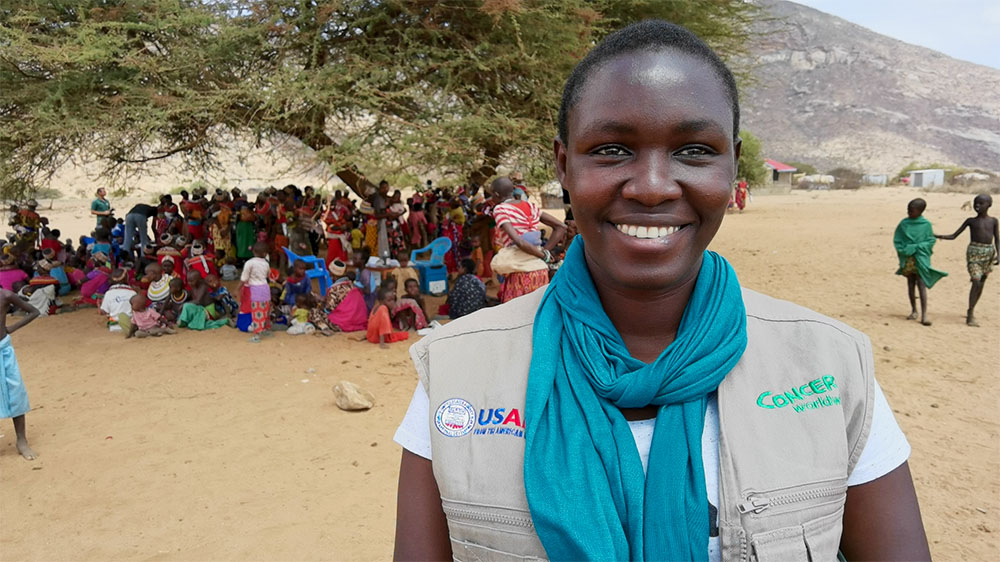
Fasting can be good though, right?
Phase 1 on the starvation scale might sound like it has potential to decrease bodily fat and thus reduce weight, which is often a goal for those who struggle with obesity. Indeed, there are lots of scientific studies showing how intermittent fasting can have positive effects… IF it’s done in a controlled fashion, with medical advice, and combined with a nutritious healthy diet.
Lots of people fast for extended periods as part of their religious beliefs, such as the month of Ramadan or the 40 days of Lent. Complications are generally rare and there are exemptions based on health needs and medical conditions. Those who do take part often tend to limit their physical activity during the hours of fasting.
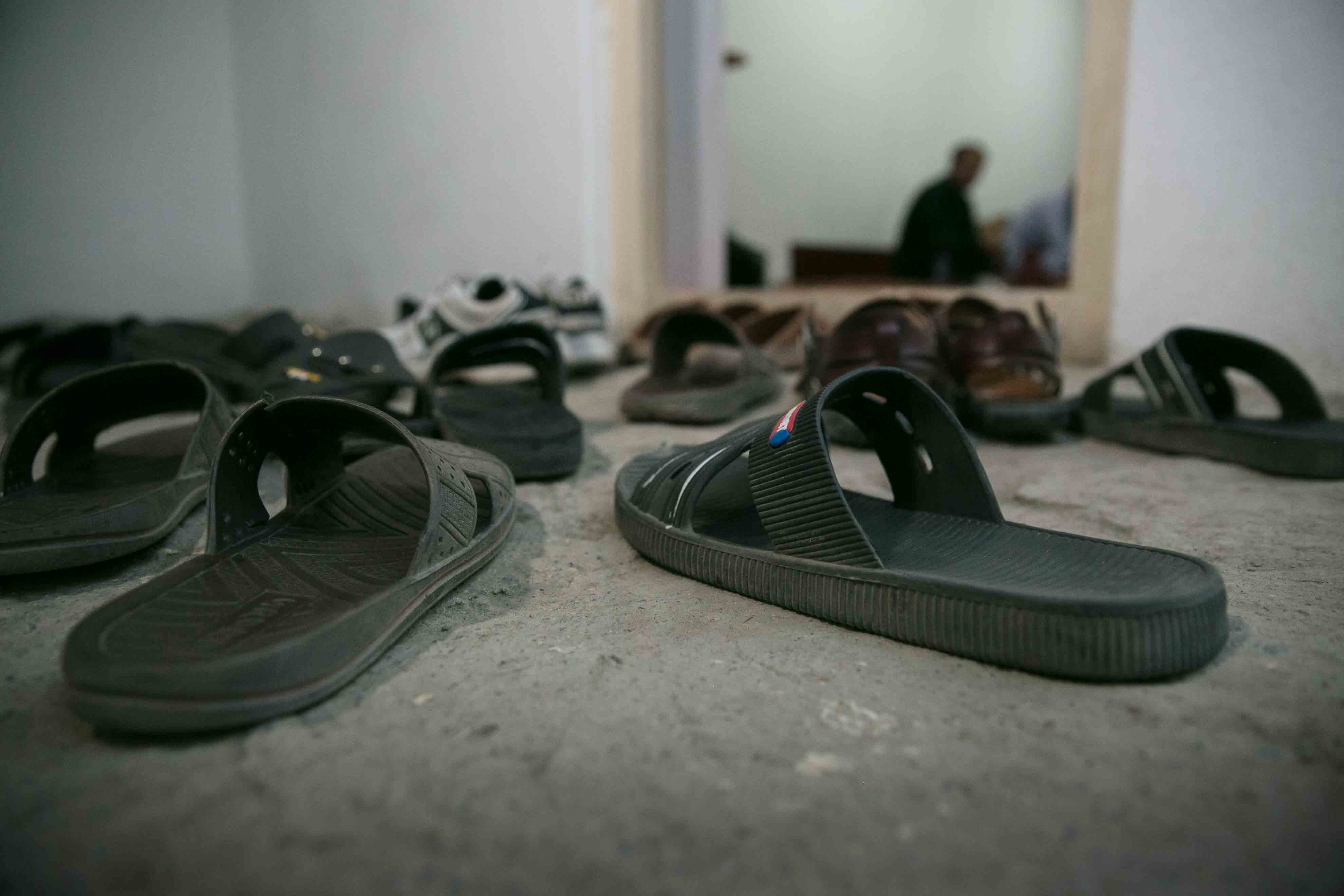
What about hunger strikers?
Hunger has been used as a form of protest for centuries, often by prisoners or those attempting to highlight infringements of their human, political, or civil rights. Mahatma Gandhi is a famous example. In most cases those involved will accept liquids and sometimes salt. They can survive for weeks or even months on reserves of body fat, as per phase 2, but eventually they will reach a point where to proceed any further will most likely end in death.
In 1981, ten Republican inmates in a Northern Ireland prison died while on hunger strike, protesting for the right to be treated as political prisoners. The most famous of these was Bobby Sands, featured in the movie "Some Mother's Son", written and directed by our good friend Terry George.

Beyond the facts
Of course, so far, we’ve only really been looking at this subject from a strictly scientific and medical perspective. Starvation though, especially in its more extreme forms, is a deeply personal experience for those affected. For the majority it is an involuntary state, brought about by conditions beyond their control, such as drought, extreme poverty, or conflict. Sometimes starvation is even used as a weapon of war.
“It’s a slow process and it’s horrific to watch."
“You will never forget seeing somebody die of hunger,” says Frances O’Keefe, who for many years worked with Concern in humanitarian crises around the world. As a young nurse, she witnessed horrific scenes during the famine that ravaged Somalia in 1992. “It’s a slow process and it’s horrific to watch. When a person’s organs go into failure you can see the light going out in their eyes, as they lose the will to fight on. That must be such a dreadful feeling.”
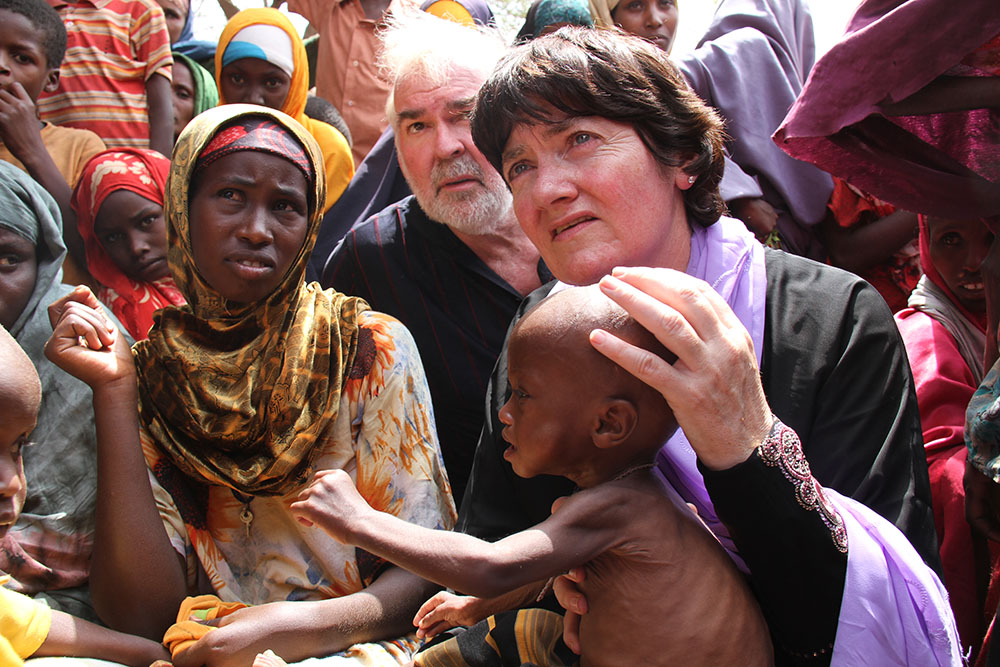
Starvation strips people of their dignity, their rights, and their potential. That inability to create sufficient bodily energy from caloric inputs directly translates into real everyday human suffering. It means less capacity to work and earn income, reduced concentration levels in school, poor decision making, increased vulnerability, stress, emotional trauma, and much more.
"She noticed a little boy fluttering his eyelids. We took him in and slowly nursed him back to life."
Because children are more susceptible to the effects of starvation, they are often the first to fall. It’s almost inconceivable that a mother or father should have to watch their child literally waste away because they do not have enough food, yet it happens every minute of every day. Today, around 15,000 children in this world will die, and nearly half of those deaths will be linked to malnutrition.
The real tragedy is that death by starvation is preventable. Frances O’Keefe says that the ability of children to rebound from the very edge of life with a little help is nothing short of miraculous. “In Baidoa in 1992 one of our nurses was passing a pile of dead bodies — people were dying there faster than they could be buried — and she noticed a little boy fluttering his eyelids. We took him in and slowly nursed him back to life. Within a few weeks he was running around causing mischief and tormenting us with his antics!”
So... is it okay to say “I’m starving”?
Can you say you’re starving when in fact you’re really just hungry? Well, technically yes, and honestly, we don’t have the time or the inclination to be the word police on this one. It’s no worse than telling someone in a playful way that they’re "crazy", or jokingly saying to a friend that they’re "dead" to you. It’s just phraseology.
But if you’ve made it to the end of this piece and leave with more knowledge than you arrived, then we’re glad. Real starvation is a very big deal — and there are lots of ways to help make it go away. To find out more, just scroll down.


